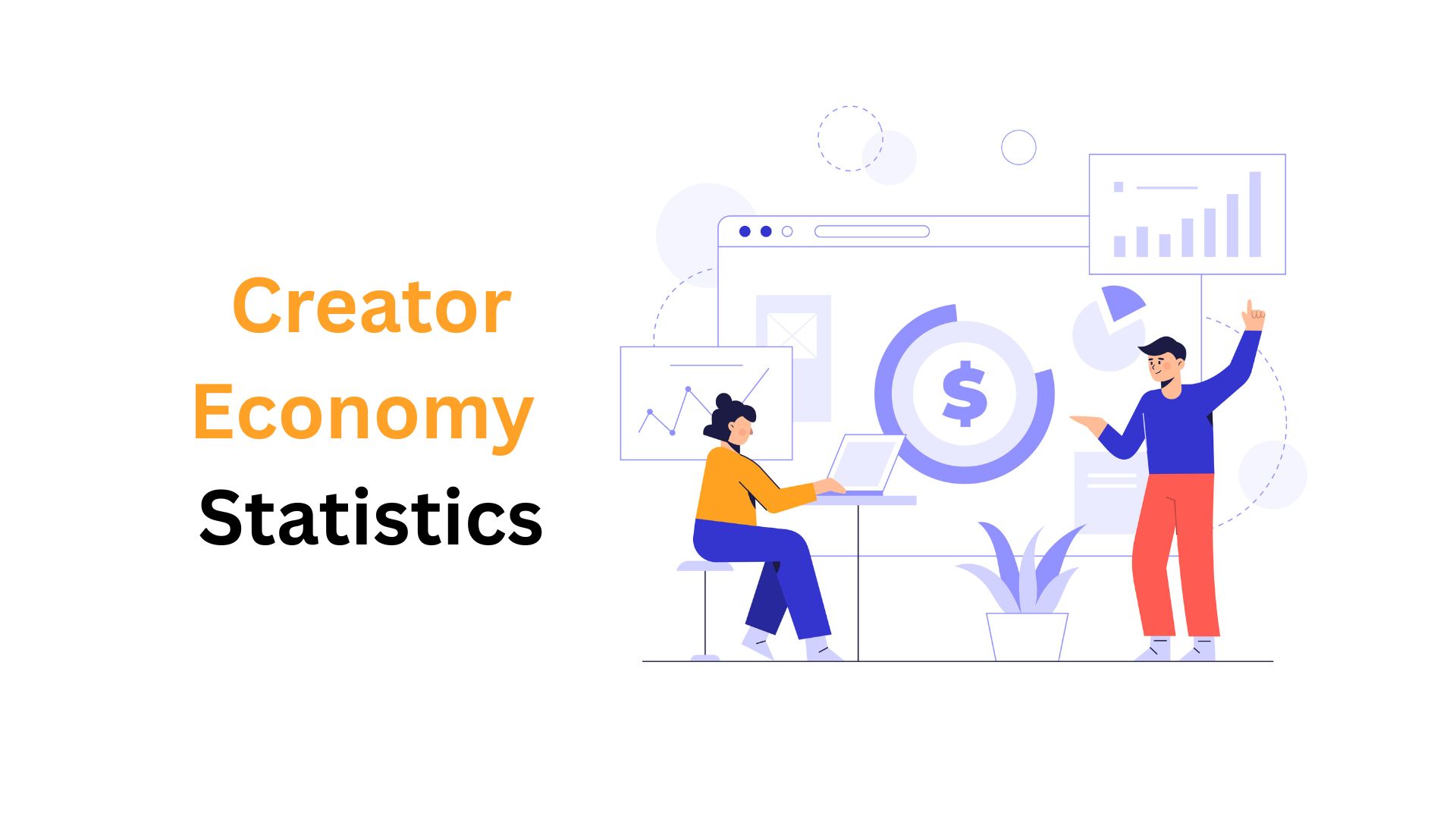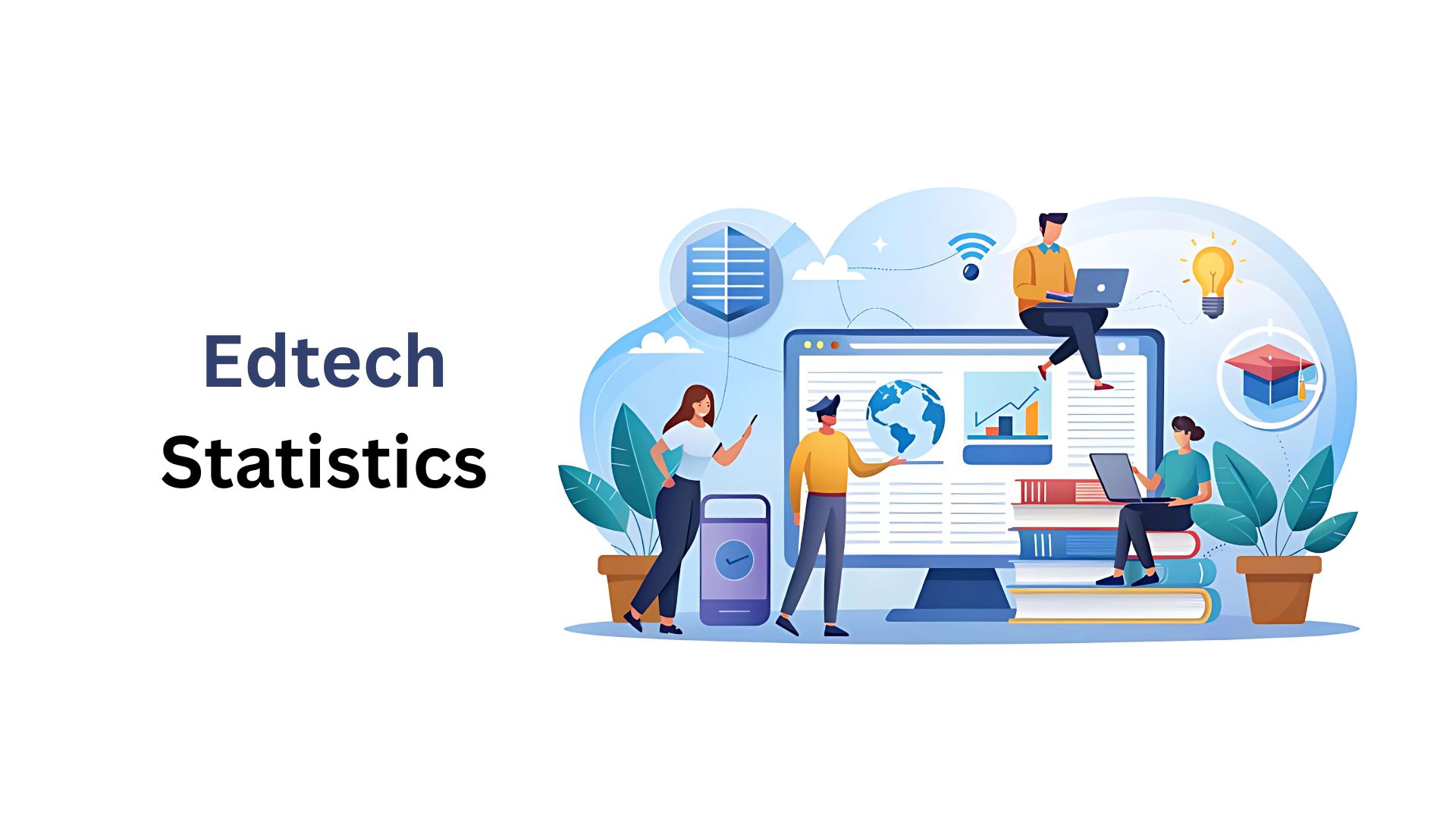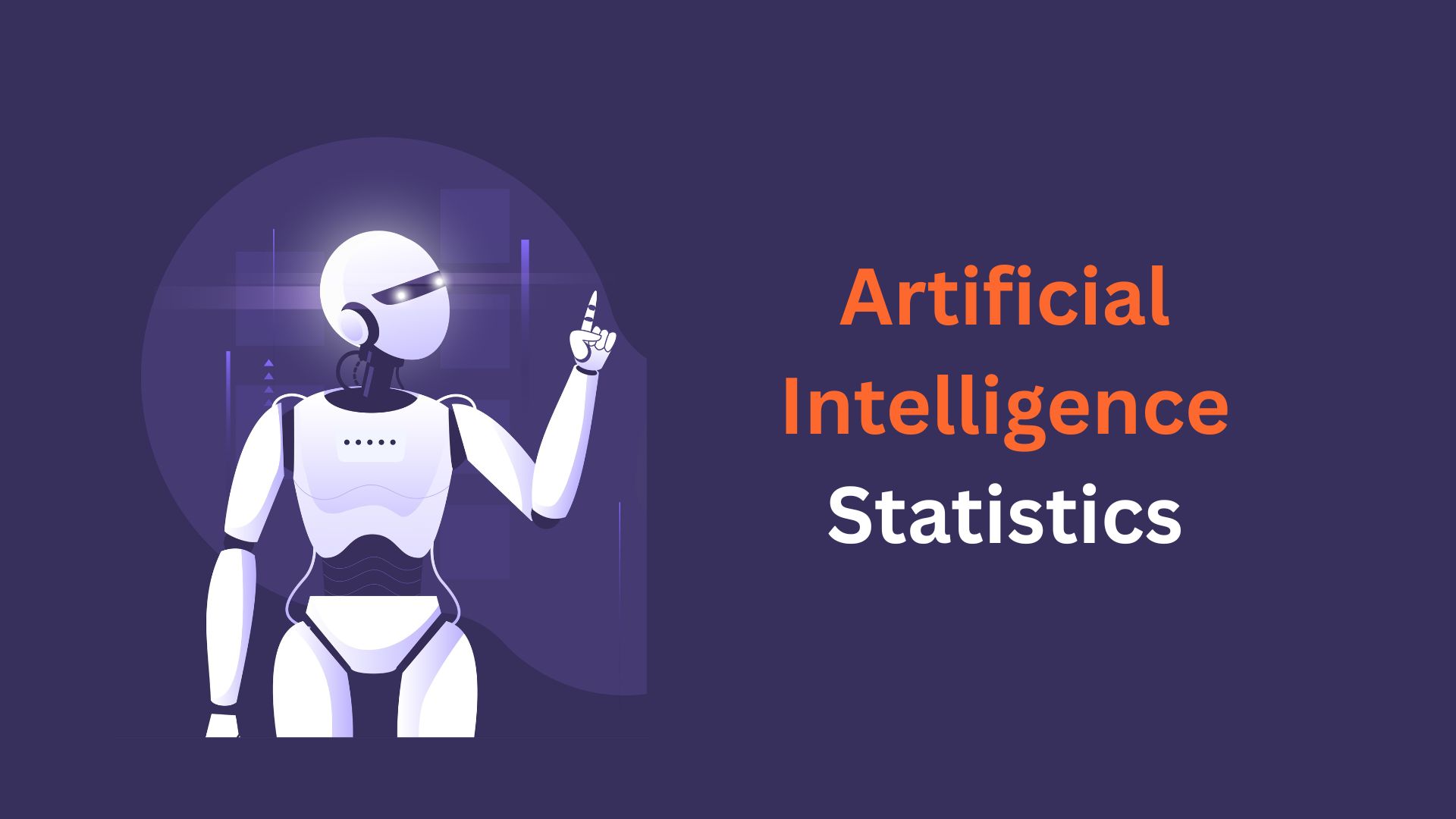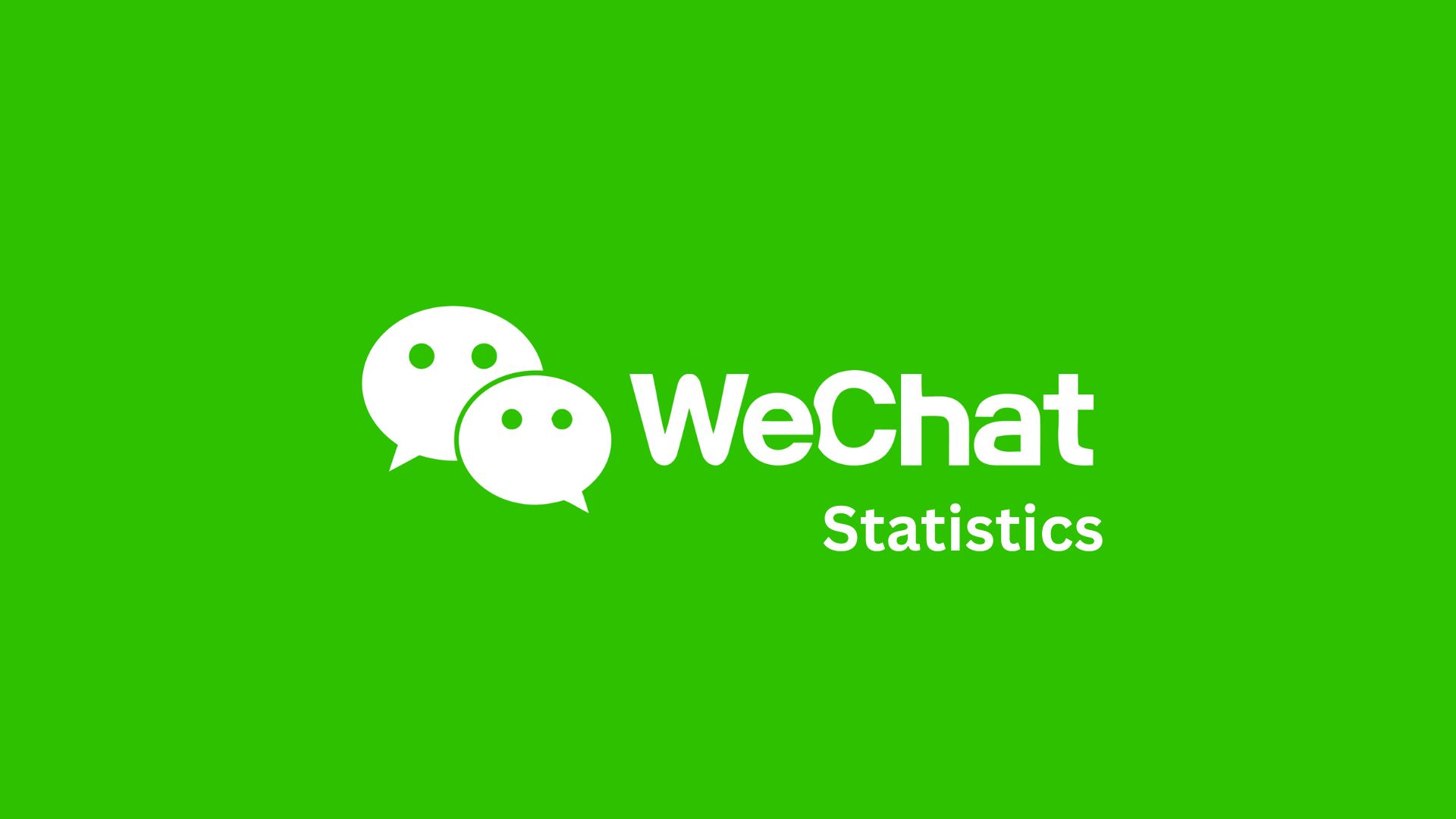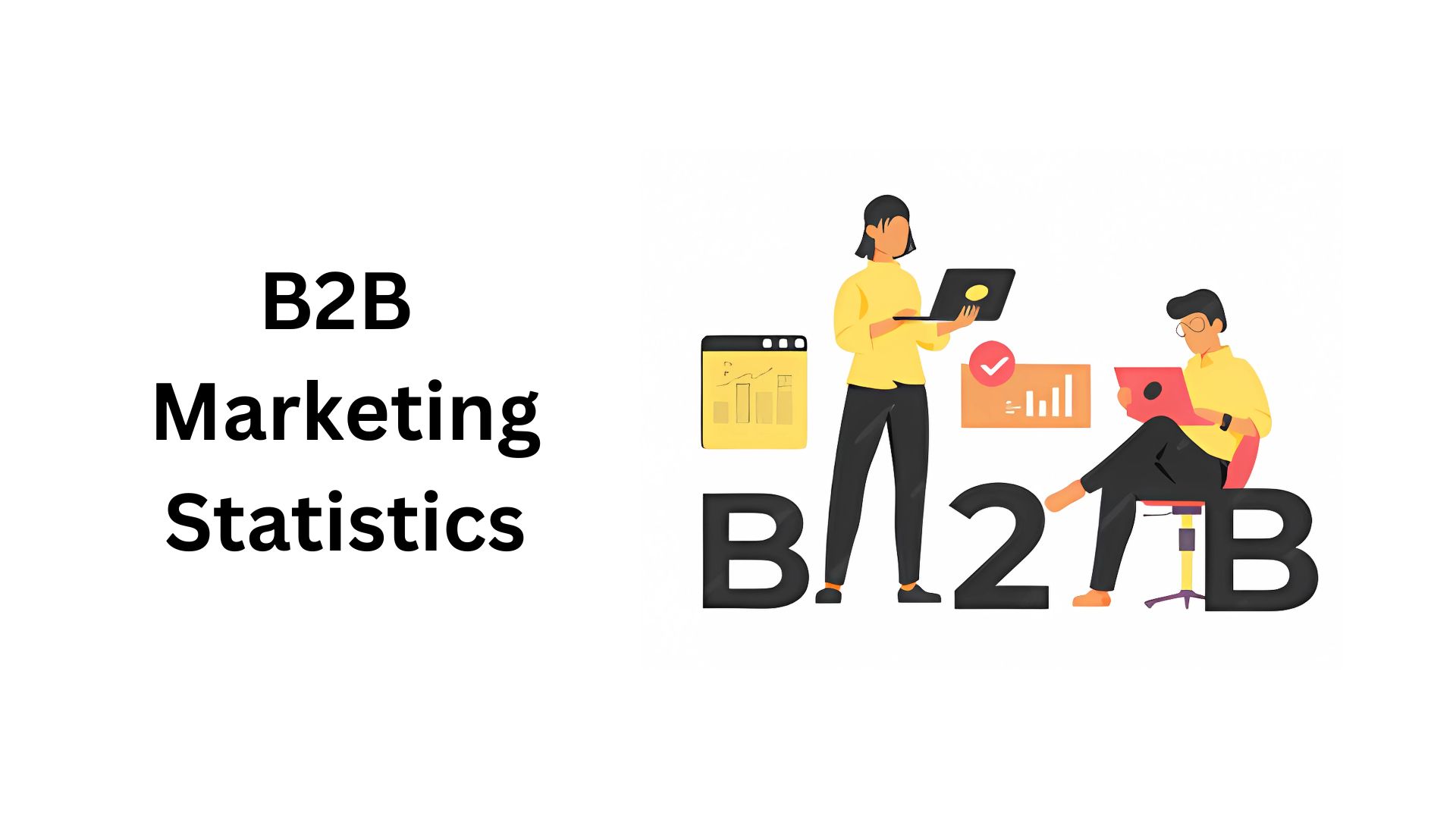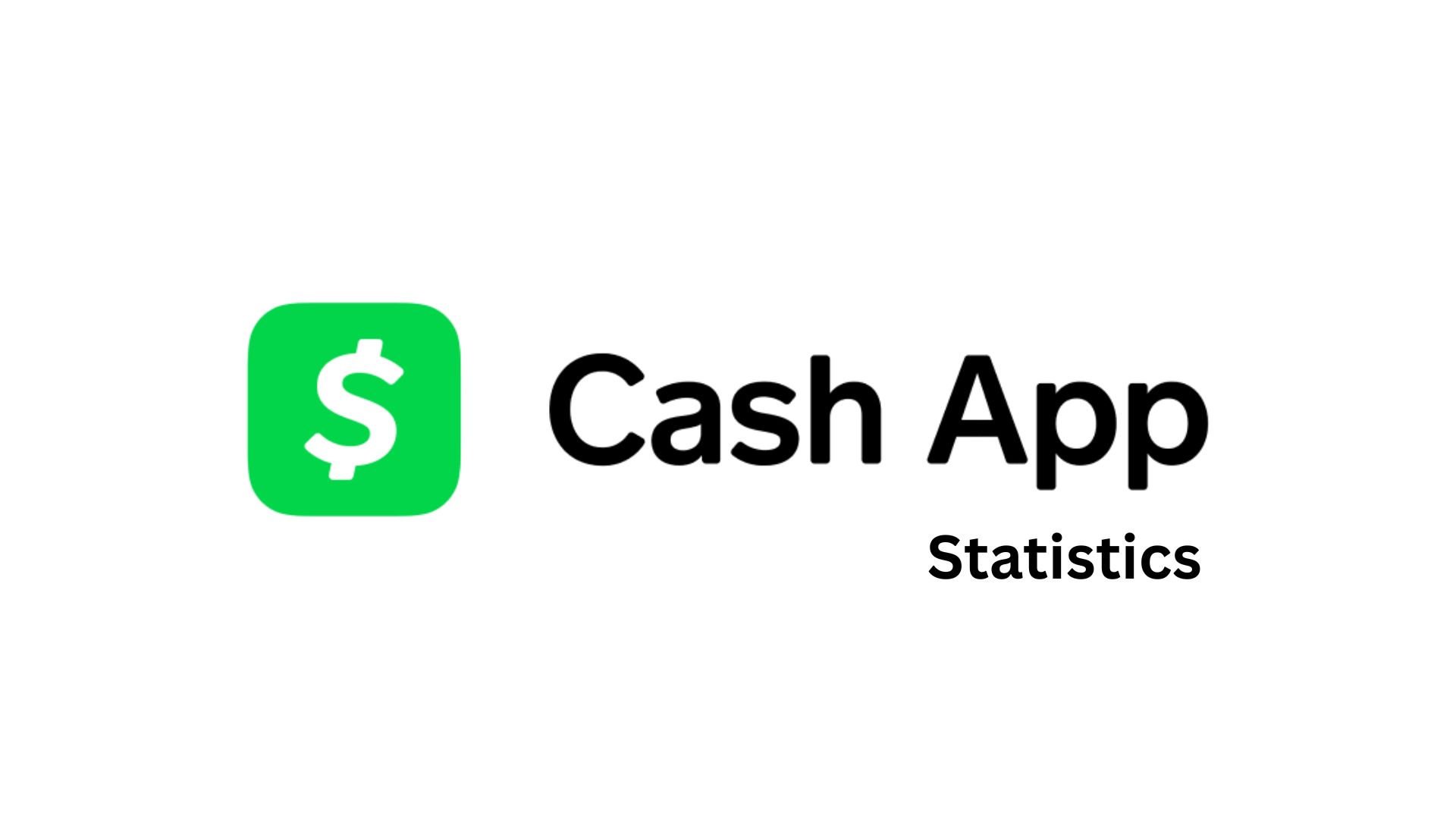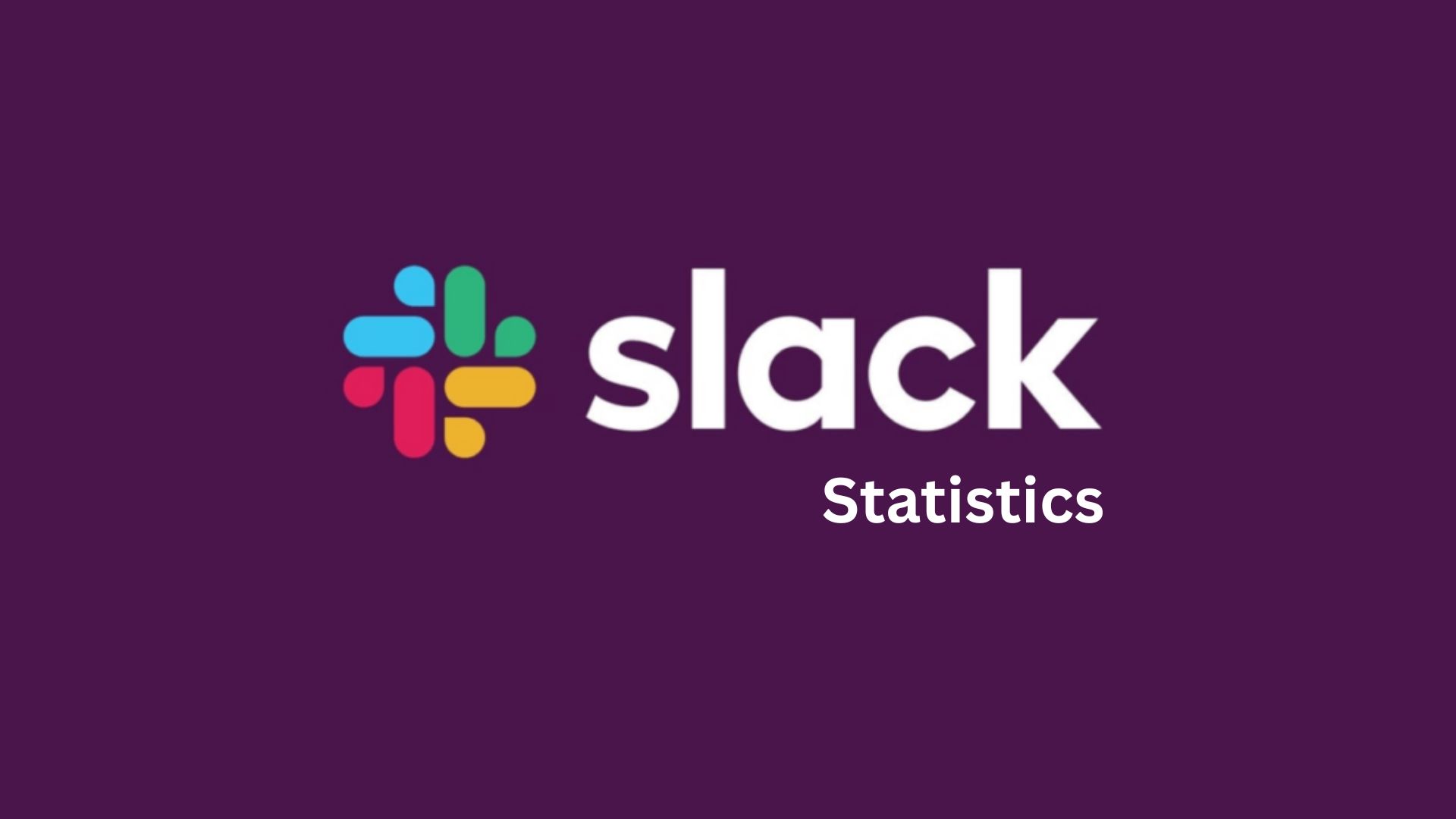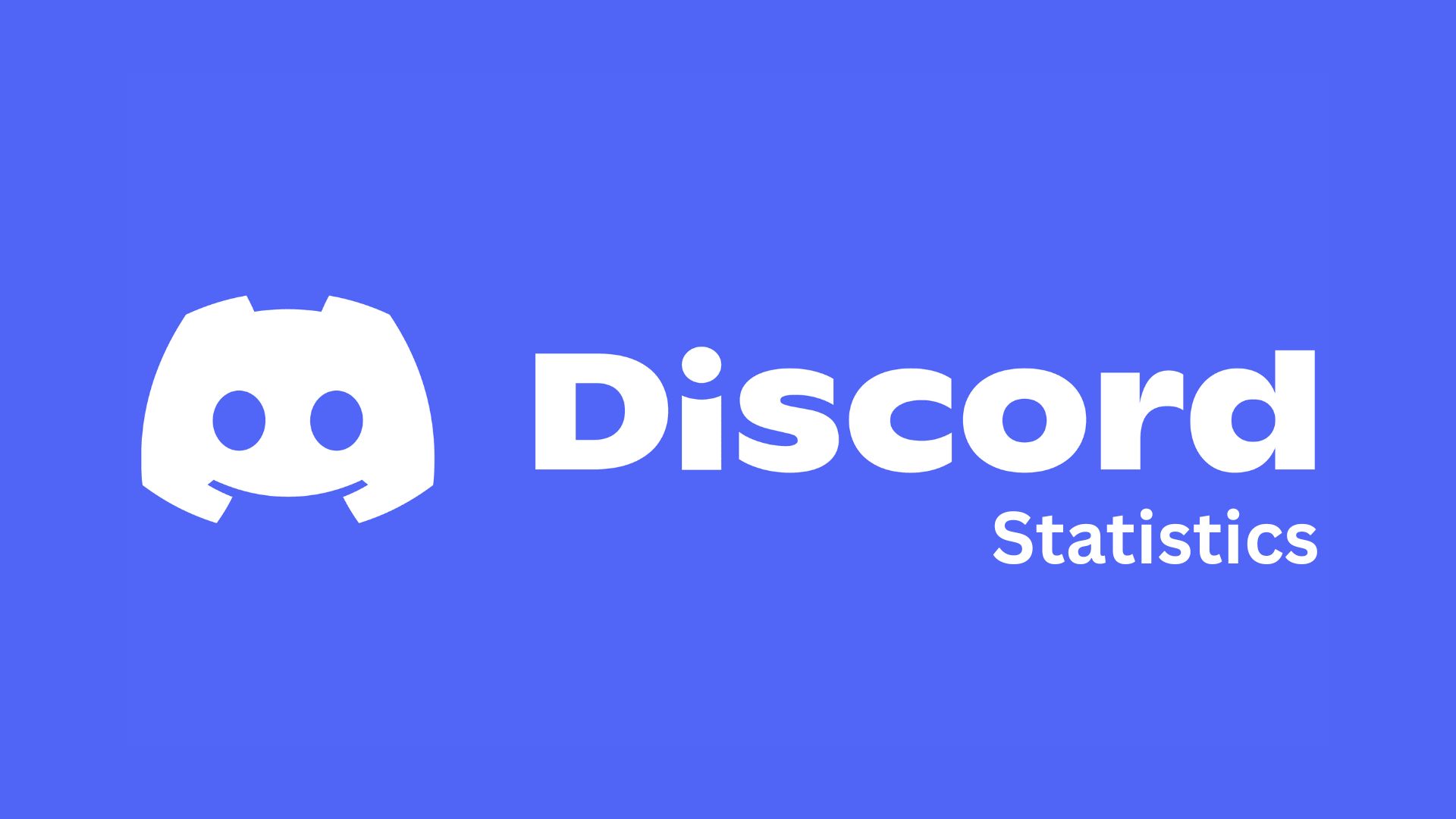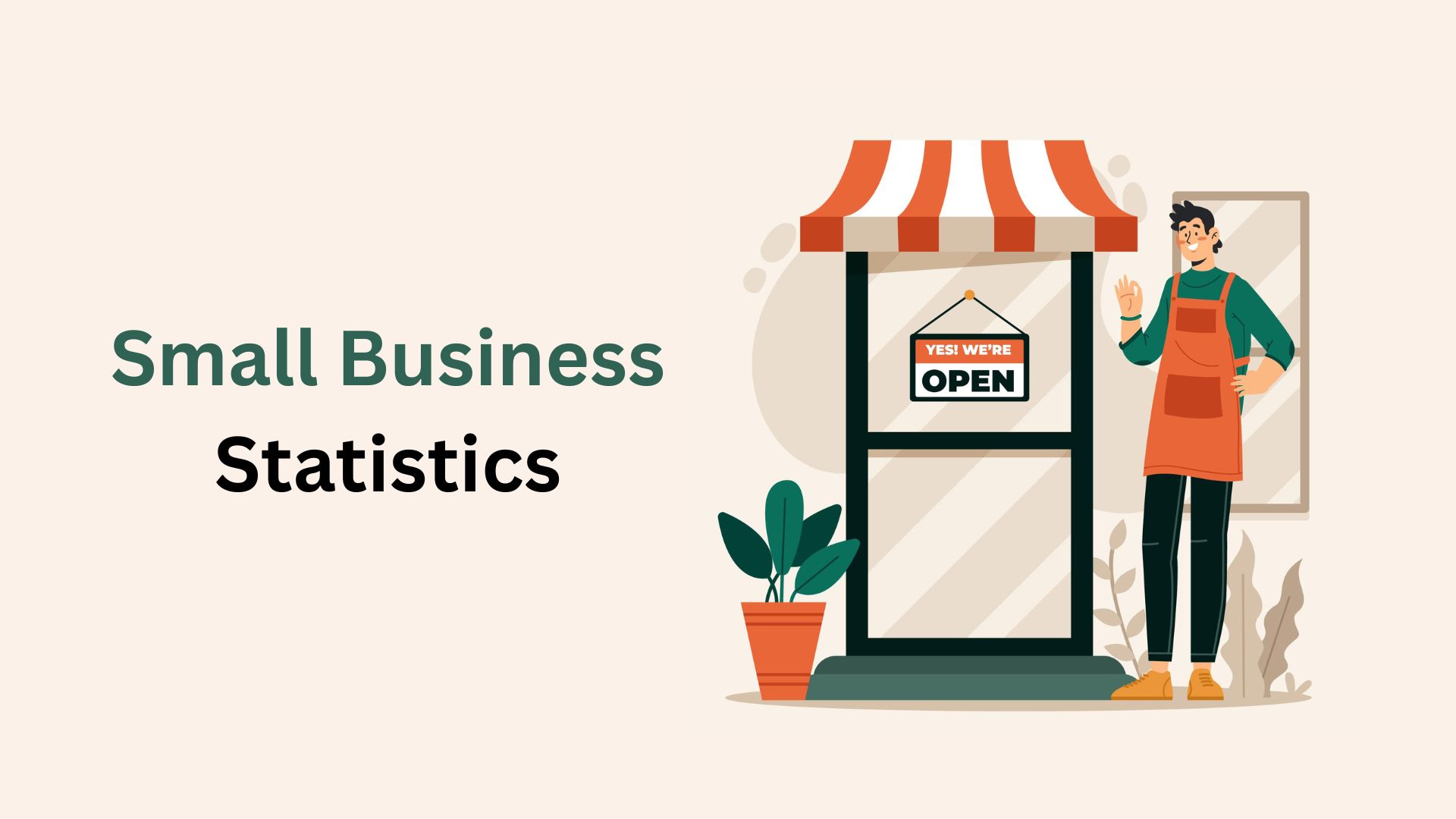Agentic AI Statistics By Market, Adoption, Users And Facts (2025)

Updated · Aug 26, 2025

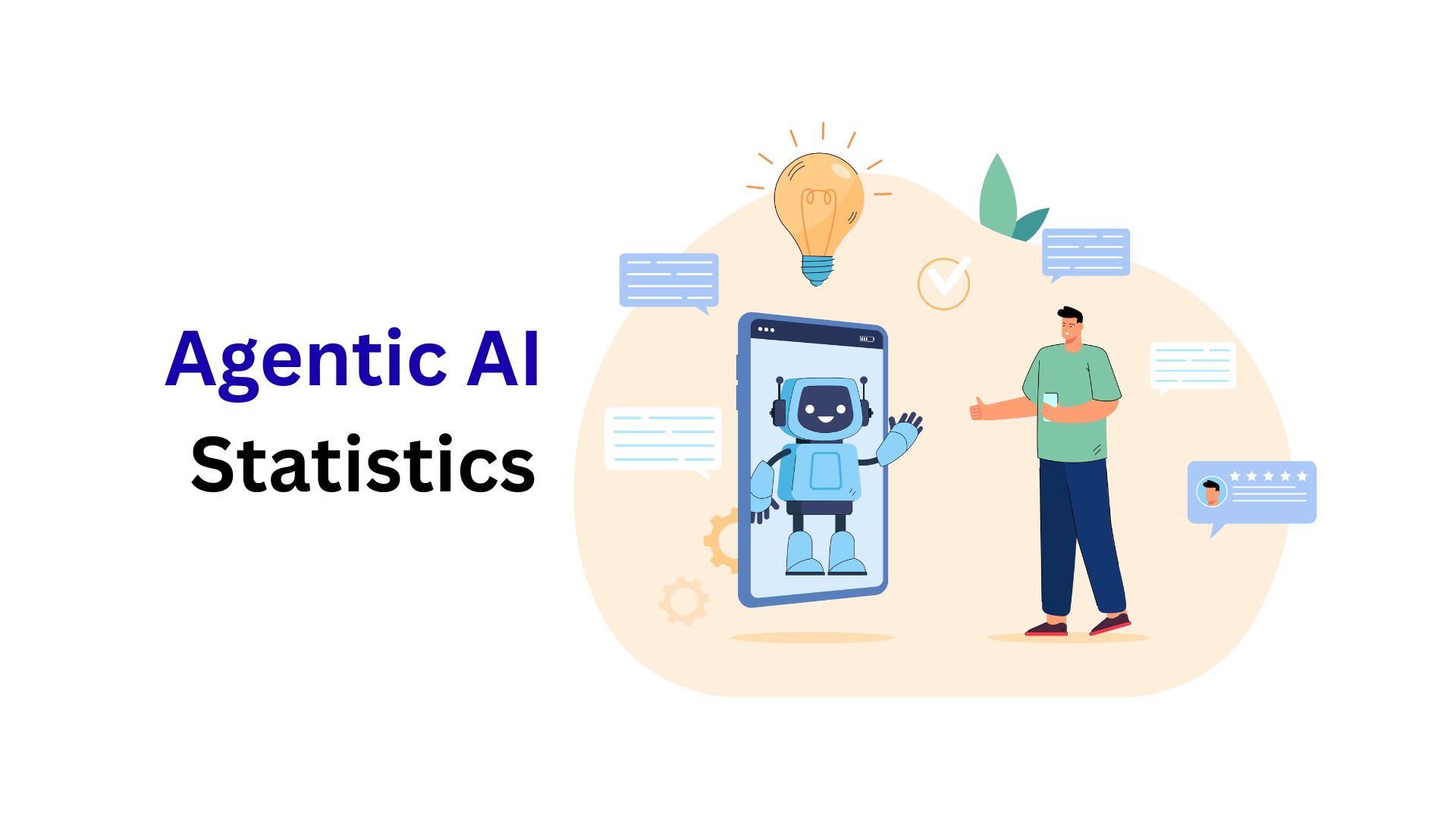
WHAT WE HAVE ON THIS PAGE
- Introduction
- Editor’s Choice
- General Agentic AI Statistics
- Basic Features of Agentic AI
- Agentic AI Statistics by Deal Counts and Funding
- Agentic AI Market Statistics
- Agentic AI Market Statistics by Regions
- AI Agent Task Completion Rate by Platforms
- Time Efficiency Comparison Statistics of Agentic Tools Vs. Manual Tools
- AI Agents Refused Tasks Statistics
- Agentic AI User Satisfaction Statistics Task Type
- AI Agent Adoption Statistics
- Rising AI Investments Driven by Agentic AI
- Current Impact of AI Agents on Business Value
- Key Challenges to Realising Value from AI Agents (May 2025)
- Executives’ Level of Trust in AI Agents for Work Tasks
- Businesses Using AI Agent Statistics
- Top AI Agents Statistics by Monthly Active Users
- AI Agent Research Depth Statistics by Sources Per Task
- Conclusion
Introduction
Agentic AI Statistics: Agentic AI is a segment of artificial intelligence designed to reach specific goals with little human supervision. It works through AI agents, which are machine learning models that act like human decision-makers to handle problems instantly. Agentic AI builds on generative AI techniques and relies on large language models (LLMs) to work well in dynamic situations.
As interest in this area increases, innovation is speeding up, with major tech firms, startups, and research groups putting strong efforts and resources into its progress. Statistics highlighting adoption trends, funding flows, market growth, and real-world applications that provide valuable insights into how agentic AI is evolving and influencing industries worldwide.
Editor’s Choice
- According to market.us, the Global market size of Agentic AI accounted for USD 5.2 billion in 2024 and is estimated to reach nearly USD 196.6 billion by 2034.
- As of 2024, North America holds the biggest share of the Agentic AI market, making up 38.0%.
- Meanwhile, in the United States, the agentic AI market was valued at USD 1.58 billion.
- PwC also notes that 79% report some level of AI agent adoption.
- Among them, 35% are experimenting with pilots or testing use cases, 25% use AI agents in limited or isolated situations, and 19% have successfully scaled deployments across their companies.
- In May 2025, people trusted AI agents most for analysing data and giving insights (38%).
- PwC’s AI Agent Survey (May 2025) reveals that around 35% of companies report broad adoption of AI agents, while 27% indicate limited adoption.
- As of August 2025, the top AI Agent OpenAI Code Interpreter accounted for 2.5 million monthly active users (MAUs), with a quarterly growth rate of 19%, as mentioned in FirstPageSage.
- Businesses plan to adopt AI agents within six months of 2025, primarily in customer service and support (57%), sales and marketing (54%), and IT/cybersecurity (53%).
- Business Standard reported that agentic AI startups secured about USD 2.8 billion in venture capital during the first half of 2025.
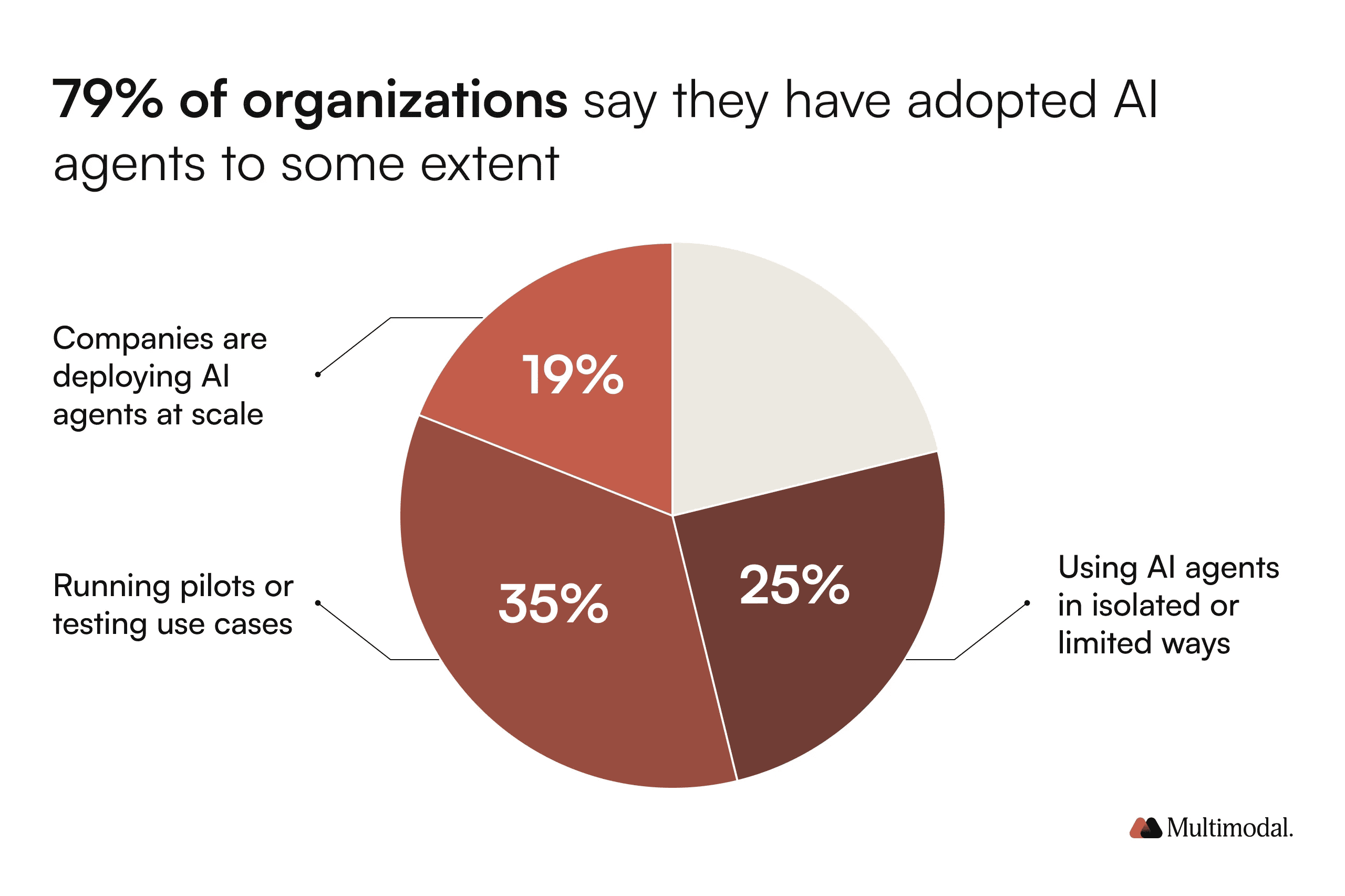
General Agentic AI Statistics
- DigitalDefynd reports that more than 60% of new enterprise AI projects in 2025 are expected to feature agentic abilities.
- From 2023 to 2025, developer repositories recorded a 920% rise in AutoGPT and agentic framework adoption.
- These systems have cut human task effort by up to 86% in multi-step workflows.
- Nearly 45% of Fortune 500 firms are now testing such models, while investments since 2023 have surpassed USD 9.7 billion.
- Additionally, Microsoft’s AutoGen powers automation for 40% of Fortune 100 companies.
- A new report from Multimodal shows that 62% of organisations expect to gain more than double their investment from agentic AI in 2025
- On average, companies predict a return of 171%, while U.S. firms anticipate even higher gains at 192%.
- Businesses are committing heavily, with 43% putting more than half of their AI budgets into agentic AI.
- Adoption is moving quickly, too, as nearly 80% already use AI agents and 96% plan to expand.
- Another study by SS&C Blue Prism highlights that 94% organisations consider process orchestration vital for AI success, yet 69% of projects failed due to integration issues.
- In financial services, 53% overcame major challenges with AI, with 40% reporting strong returns and 33% finding scaling difficult.
- PwC also notes that 79% report some level of AI agent adoption.
- About 75% believe AI agents will change workplaces more than the internet.
- Besides, 71% think artificial general intelligence, matching human-level thinking and problem-solving, could become real within just two years.
Basic Features of Agentic AI
- Goal-based actions and decision-making
- Works mostly without human control
- Learns better with experience
- Can handle difficult problems with many steps
Agentic AI Statistics by Deal Counts and Funding
- Business Standard reported that agentic AI startups secured about USD 2.8 billion in venture capital during the first half of 2025.
- Meanwhile, blog.tmcnet.com highlighted a slightly lower, close to USD 2 billion raised.
- Quick Market Pitch shared that these companies brought in nearly USD 7.84 billion in 2024, up from USD 5.25 billion in 2023.
- Axios mentioned that in Q1 2025 alone, the sector recorded over 200 deals, marking a 63% rise from Q1 2024.
- Funding for that quarter jumped sharply to USD 46.5 billion, compared with USD 5.7 billion a year earlier.
Agentic AI Market Statistics
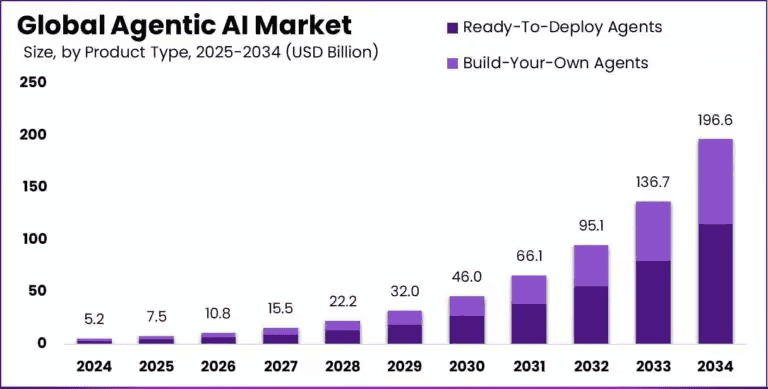
- The Global market size of Agentic AI accounted for USD 5.2 billion in 2024 and is estimated to reach nearly USD 196.6 billion by 2034.
- The market growth rate will reach a CAGR of 43.8% from 2025 to 2034.
- Besides, other predicted market valuations in the coming years are 2025 (USD 7.5 billion), 2026 (USD 10.8 billion), 2027 (USD 15.5 billion), 2028 (USD 22.2 billion), 2029 (USD 32 billion), 2030 (USD 46 billion), 2031 (USD 66.1 billion), 2032 (USD 95.1 billion), and 2033 (USD 136.7 billion).
- In 2024, ready-to-deploy agents led the market, accounting for over 58.5% of the global agentic AI share.
- The productivity and personal assistant category also performed strongly, making up more than 28.2% of the worldwide market.
- Meanwhile, multi-agent systems dominated with a share exceeding 66.4%.
- Among end users, enterprises took the lead, representing over 62.7% of the total share.
- North America holds the biggest share of the Agentic AI market, making up 38.0%.
- In the United States, the agentic AI market was valued at USD 1.58 billion in 2024 and is projected to grow at a 43.6% CAGR.
Agentic AI Market Statistics by Regions
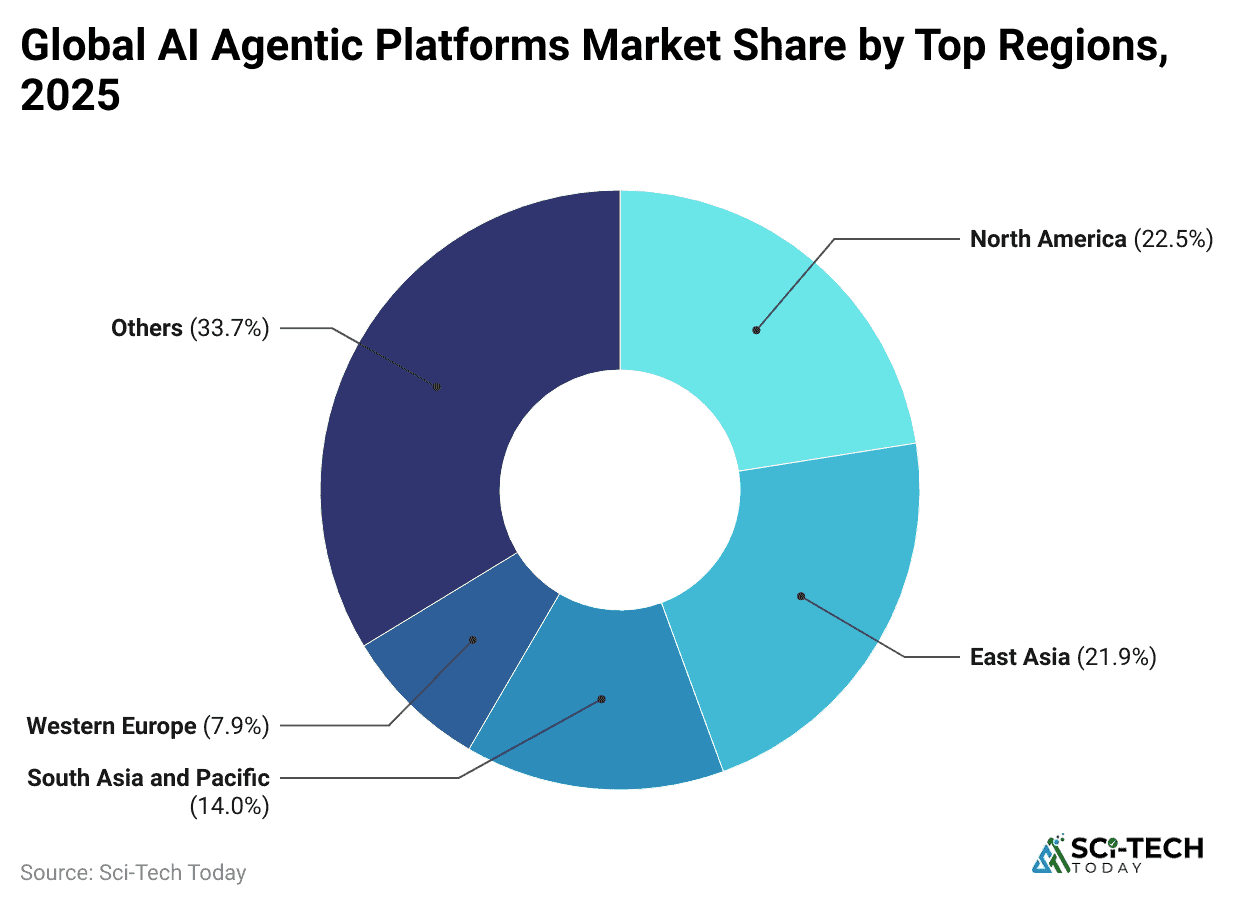
- The global AI agentic platforms market is projected to reach USD 3,186 million in 2025.
- North America is currently leading with 22.5% market share, followed by East Asia at 21.9%.
- South Asia and the Pacific region will account for 14% of the share, while Western Europe holds a smaller portion.
- The remaining 33.7% is contributed by other regions worldwide.
AI Agent Task Completion Rate by Platforms
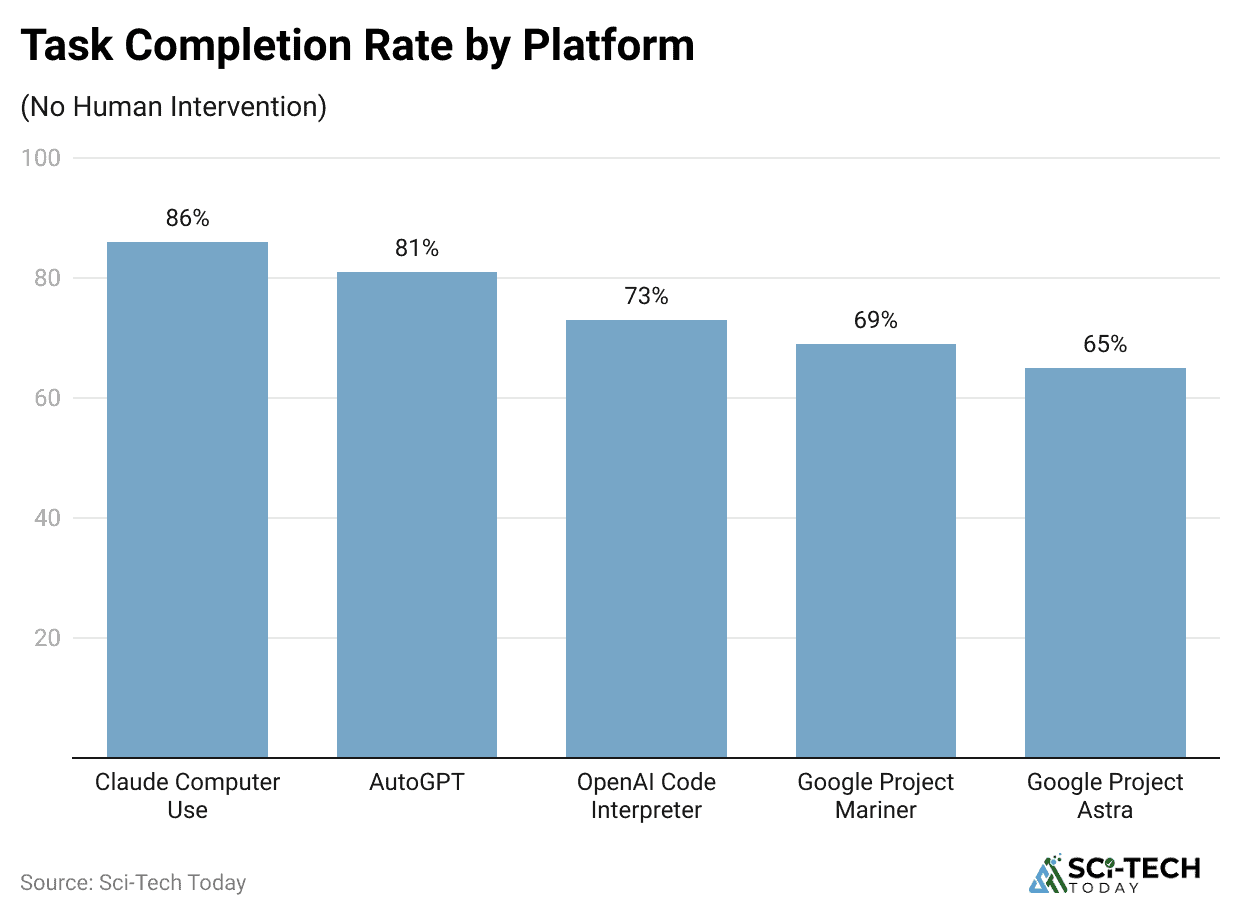
- The top two highest task completion rates of different AI platforms without human involvement are Claude Computer Use (86%), followed by AutoGPT (81%).
- OpenAI Code Interpreter achieved a 73% success rate, while Google Project Mariner and Google Project Astra recorded lower rates at 69% and 65%, respectively.
Time Efficiency Comparison Statistics of Agentic Tools Vs. Manual Tools
| Metrics | Agentic Tools | Manual Tools | Time Saved |
| (Minutes spent per task) | |||
| Trip Planning | 9.2 | 38.5 | 76% |
| Competitive Analysis | 27 | 7.8 | 68% |
| Budgeting | 21.3 | 6.1 | 71% |
| Learning Recommendation | 14.6 | 5.3 | 64% |
| Vendor Sourcing | 22.4 | 10 | 55% |
AI Agents Refused Tasks Statistics
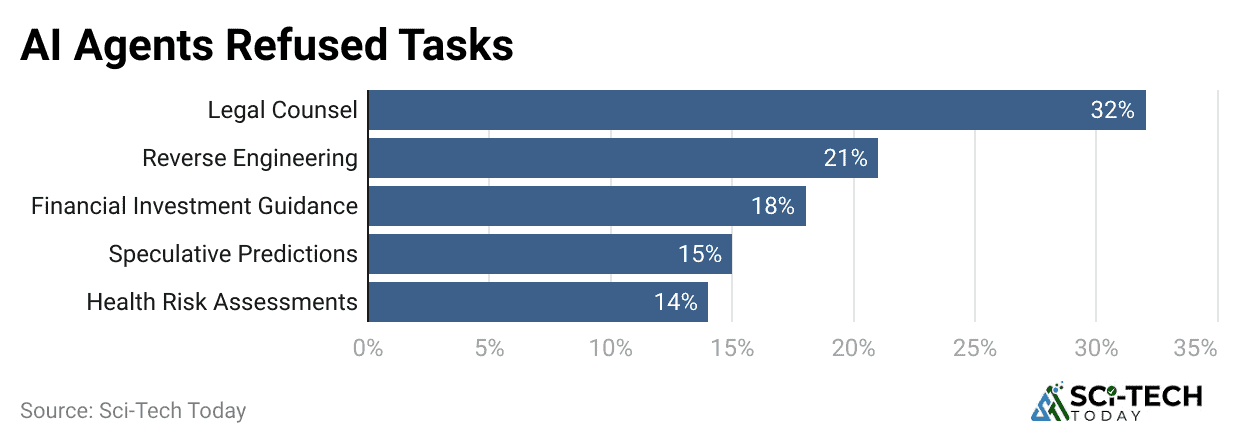
- Legal counsel tasks have the highest refusal rate at 32%, followed by reverse engineering at 21%.
- Providing financial investment guidance is refused in 18% of cases, while speculative predictions face a 15% refusal rate.
- The lowest refusal rate is seen in health risk assessments, at 14%
Agentic AI User Satisfaction Statistics Task Type
- As mentioned in firstpagesage.com, Informational tasks received the highest average rating of 8.2, followed by comparative tasks at 7.9.
- Navigational tasks scored 7.5, while exploratory tasks averaged 7.1.
- In contrast, satisfaction was lower for transactional tasks at 6.3 and lowest for generative tasks at 5.8.
AI Agent Adoption Statistics
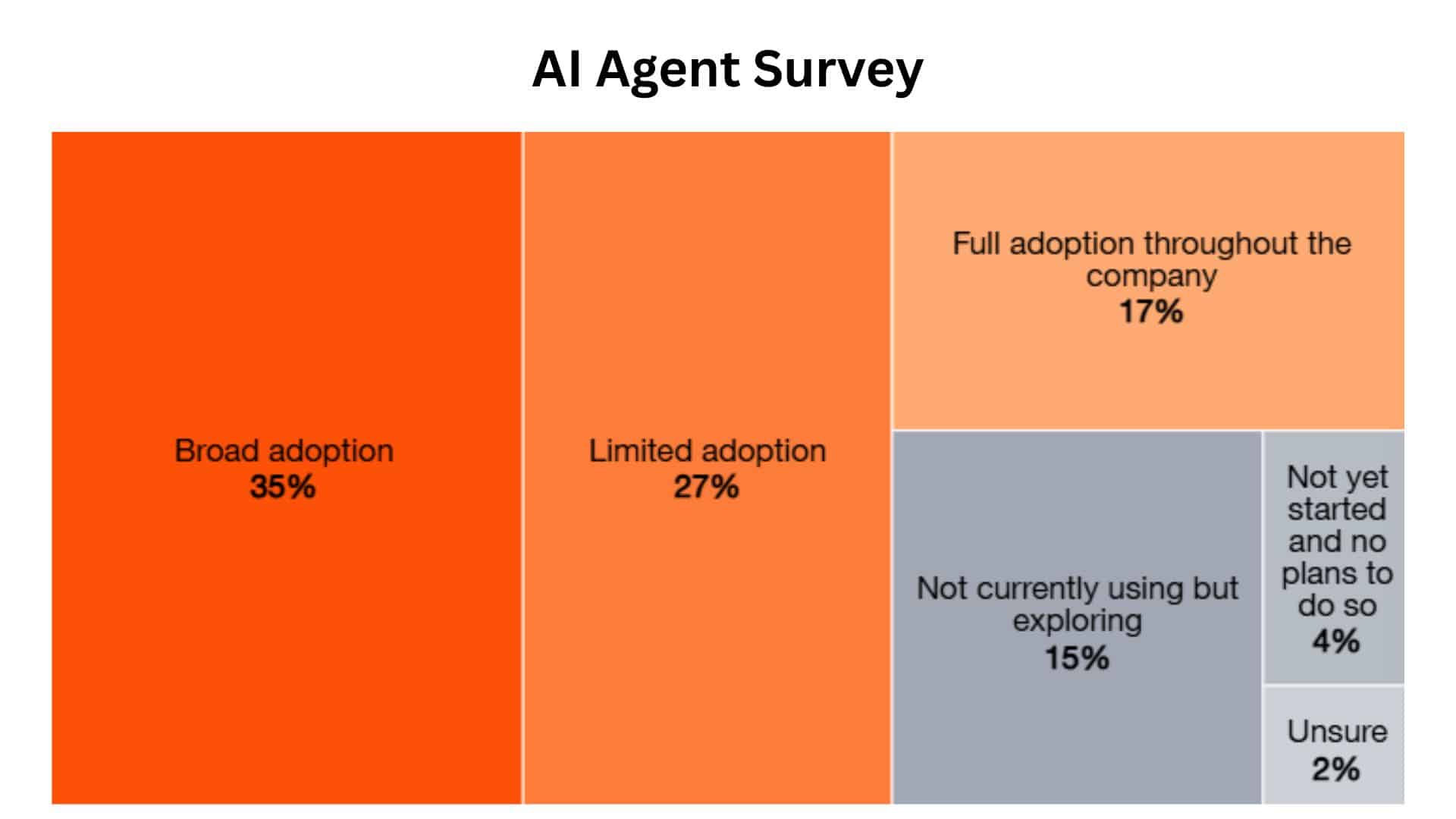
- PwC’s AI Agent Survey (May 2025) reveals that around 35% of companies report broad adoption of AI agents, while 27% indicate limited adoption.
- Meanwhile, 17%of shares have fully deployed AI agents across the entire company.
- At the same time, 15% are not yet using AI agents but are actively exploring the technology.
- Moreover, only 4% of organisations have not started and have no immediate plans to do so, and 2% remain unsure about their adoption approach.
Rising AI Investments Driven by Agentic AI
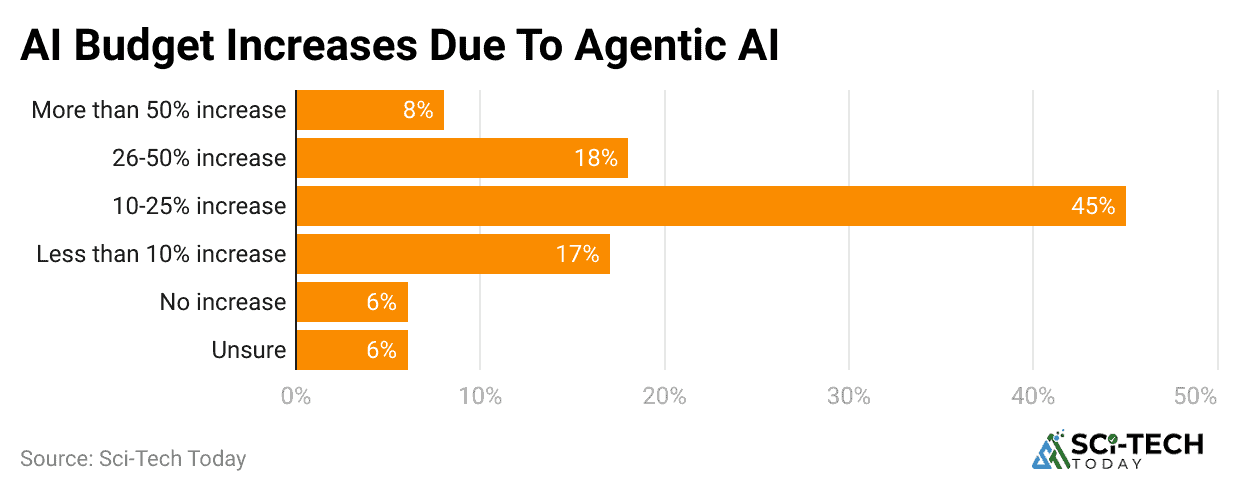
- The above graph declared that around 45% of respondents expect a 10% to 25% increase in AI investments, while 18% foresee a 26% to 50% rise.
- About 8% anticipate more than a 50% jump in spending, and 17% expect smaller increases of less than 10%.
- Meanwhile, 6% plan no change, and another 6% remain uncertain about future investments.
Current Impact of AI Agents on Business Value
- A report published by PwC’s survey analysis in May 2025, the most notable benefit is increased productivity, as stated by 66% of respondents, followed by cost savings (57%) and faster decision-making (55%).
- Additionally, 54% report improved customer experience, while 39% improved profitability.
- Improved cyber posture (37%) and innovation in products and services (35%) are also significant contributions.
- Furthermore, others are followed by faster time to market (32%), market expansion (32%), better risk mitigation (31%), improved regulatory compliance (31%), new revenue streams (29%), improved resilience and business continuity (26%), and enhanced stakeholder trust (15%).
Key Challenges to Realising Value from AI Agents (May 2025)
| Challenges | Ranked 1st | Ranked 2nd or 3rd |
| Cybersecurity concerns | 18% | 16% |
| Cost of implementation | 12% | 22% |
| Lack of trust in AI agents | 11% | 17% |
| Adapting employee skills to new roles | 9% | 20% |
| Compliance and legal concerns | 8% | 17% |
| Integrating AI agents with legacy data and systems | 8% | 16% |
| Maintaining human oversight and accountability | 7% | 21% |
| Data issues | 7% | 17% |
| AI advancement outpacing our ability to implement changes | 6% | 11% |
| Inability to drive employee adoption | 5% | 9% |
| Connecting AI agents across different applications and workflows | 3% | 16% |
Executives’ Level of Trust in AI Agents for Work Tasks
- In May 2025, people trusted AI agents most for analysing data and giving insights (38%).
- The next most trusted ability was learning and getting better with time (35%), while working with human team members in daily tasks came third, with 31% confidence.
- Furthermore, others are followed by prioritising tasks or workflows (30%), making low stakes decisions independently (27%), acting autonomously in customer interactions (25%), taking actions across multiple systems or applications (24%), escalating high stakes decisions to a human (23%), acting autonomously in employee interactions (22%), and conducting financial tractions (20%).
Businesses Using AI Agent Statistics
- A report published by PwC.com states that businesses plan to adopt AI agents within six months of 2025, primarily in customer service and support (57%), sales and marketing (54%), and IT/cybersecurity (53%).
- Meanwhile, others are followed by human resources (40%), finance & accounting (34%), product and service development (32%), supply chain (23%), corporate strategy (23%), manufacturing (21%), procurement (20%), legal & compliance (18%), and Tax (15%).
Top AI Agents Statistics by Monthly Active Users
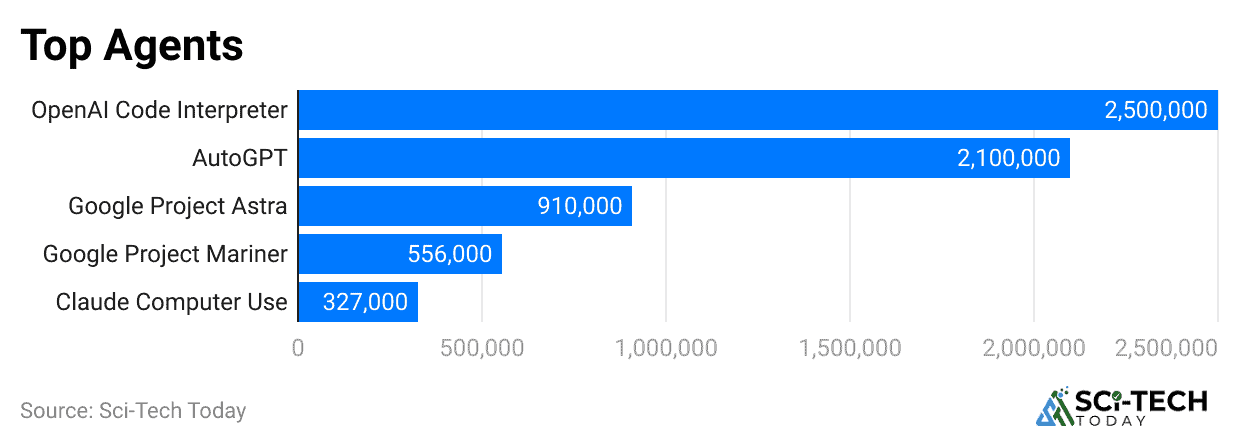
- As of August 2025, the top AI Agent OpenAI Code Interpreter accounted for 2.5 million monthly active users (MAUs), with a quarterly growth rate of 19%.
- The second and third AI Agents are AutoGPT and Google Project Astra, securing a monthly active user of 2.1 million (+19%) and 910,000 (+17%), respectively.
- In contrast, other agents’ MAUs and quarterly growth rates are Google Project Mariner: 556,000 (+14%), Claude Computer use: 327,000 (+11%), Adept ACT-1: 139,000 (+11%), OpenDevin: 58,000 (+9%), and GPT-Engineer: 36,000 (+12%).
AI Agent Research Depth Statistics by Sources Per Task
- FirstPageSage shows that AutoGPT shows the broadest range, pulling from 3 to 15 sources, in the same period as above.
- Google Project Mariner and Google Project Astra follow with 2 to 8 and 2-e7 sources, respectively.
- In comparison, both Claude Computer Use and OpenAI Code Interpreter reference fewer sources, typically between 1 and 4 per task.
Conclusion
Agentic AI is quickly drawing strong attention from investors, as funding continues to grow each year. Both the rise in the number of deals and the larger flow of money into this area show clear confidence in the market and highlight the fast-growing need for advanced AI tools.
Even though different reports mention slightly different numbers, they all point in the same direction, as agentic AI is no longer a small or limited space. It is now becoming a powerful part of the wider technology world. With this growth, startups are expected to play a big role in driving innovations.
Sources
FAQ.
The top five advantages of Agentic AI are autonomous, proactive, specialised, adaptable, and intuitive.
Agentic systems generally follow several basic steps to work: they perceive their environment, think and reason, set goals, make decisions, take action, coordinate tasks, and continuously learn and adapt.
It uses tools like sensors, reasoning engines, planning systems, learning algorithms, and task automation software.
It is used by businesses, researchers, developers, and organisations to automate tasks and decisions.
OpenAI leads in agentic AI, with Anthropic, Google DeepMind, Microsoft, IBM, and Adept.

Maitrayee, after completing her graduation in Electrical Engineering, transitioned into the world of writing following a series of technical roles. She specializes in technology and Artificial Intelligence, bringing her experience as an Academic Research Analyst and Freelance Writer, with a focus on education and healthcare under the Australian system. From an early age, writing and painting have been her passions, leading her to pursue a full-time career in writing. In addition to her professional endeavors, Maitrayee also manages a YouTube channel dedicated to cooking.
